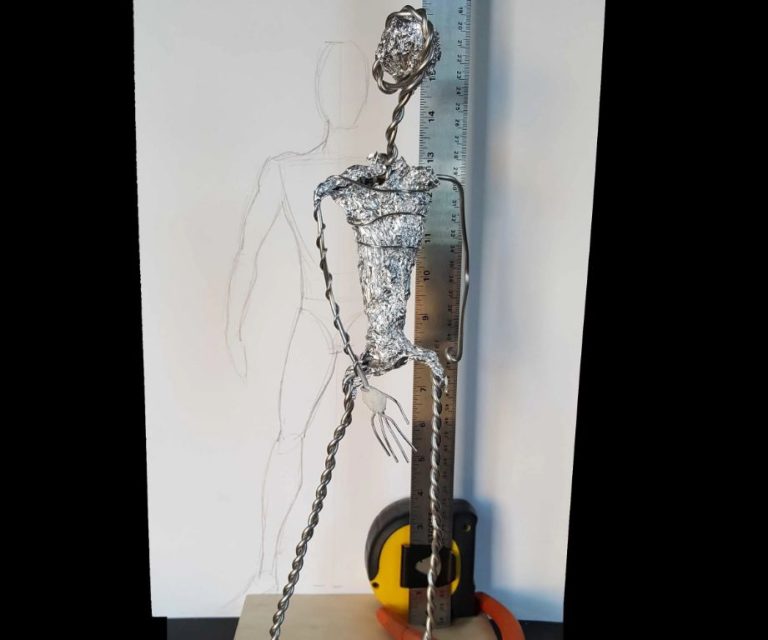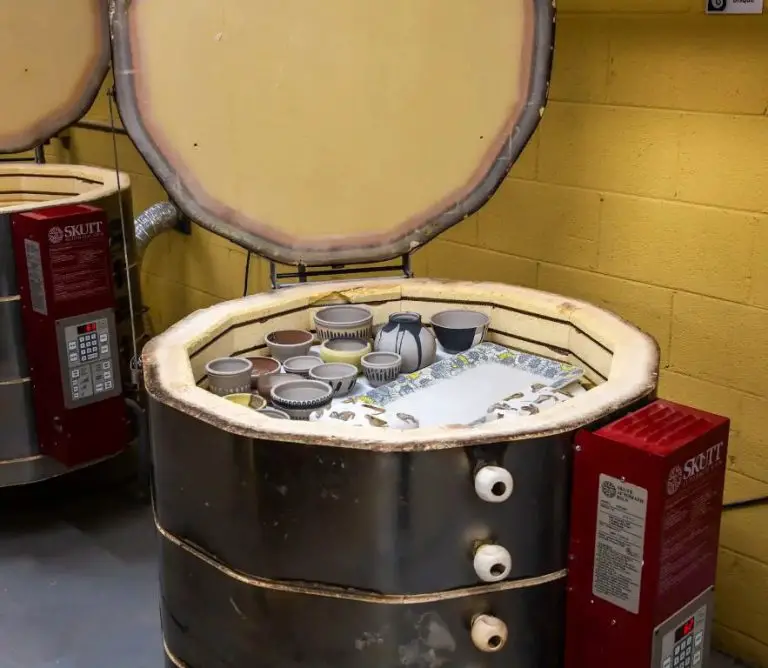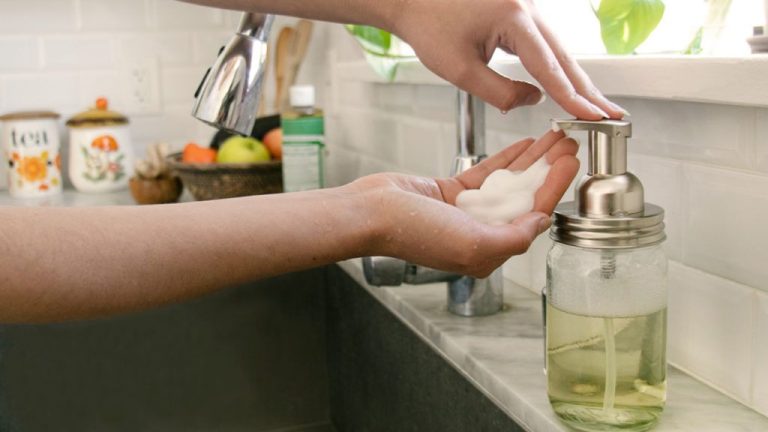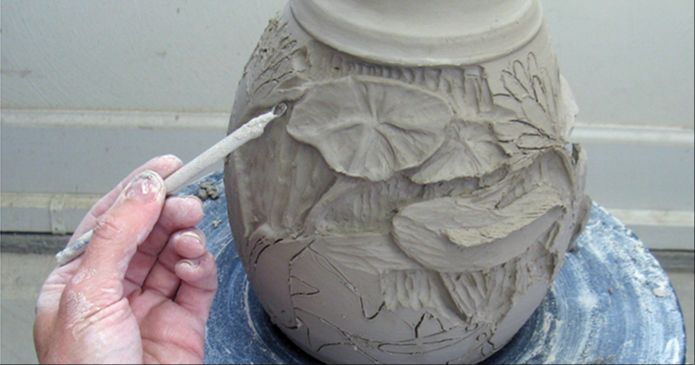How Do You Make Cold Porcelain Clay Without Cooking?
What is Cold Porcelain Clay?
Cold porcelain clay is a non-toxic, lightweight modeling material that air dries at room temperature. It has a texture similar to traditional clay or ceramic but does not require baking. Cold porcelain is made from a mixture of glue, cornstarch, and other ingredients that give it a soft, malleable texture perfect for sculpting and crafting.
Unlike traditional clays that must be fired in a kiln to harden, cold porcelain hardens naturally through evaporation. This makes it an accessible option for crafters, artists, and hobbyists who want to work with clay but don’t have access to a kiln. It’s an excellent clay for beginners and kids since there is no risk of burning or overheating. The finished pieces made from cold porcelain have a porcelain-like feel and appearance once dry.
Some key properties that distinguish cold porcelain clay:
- Does not require baking or firing
- Air-dries at room temperature
- Ultra-lightweight yet durable
- Non-toxic and kid-friendly
- Smooth, malleable texture
- Easy to paint and finish
Benefits of Cold Porcelain Clay
Cold porcelain clay offers several advantages over traditional clay that requires baking. Here are some of the top benefits:
Doesn’t Require Baking
One of the best things about cold porcelain clay is that it air dries at room temperature. There is no need for baking or firing it in a kiln. This saves a lot of time, energy, and equipment costs compared to regular clay.
Quick and Easy to Make at Home
With just a few simple ingredients that you likely have on hand, cold porcelain clay can be easily whipped up in your own kitchen. There’s no need to run to the craft store or order specialty supplies online.
Safe for Kids
Since cold porcelain clay doesn’t require heat, it is a safe clay option for children to use. Kids will love being able to sculpt and create art projects without fear of burning their fingers on a hot kiln.
Basic Ingredients
The basic ingredients needed to make cold porcelain clay are:
- Cornstarch – This is the main dry ingredient that gives the clay its powdery texture before mixing with the wet ingredients.
- Glue – White school glue or wood glue like Elmer’s is commonly used. The glue is a binder that holds the mixture together.
- Baby oil or mineral oil – The oil gives the clay elasticity and workability without stickiness.
- Glycerin (optional) – Glycerin helps keep the clay moist and flexible for storage. It can be omitted for a less malleable clay.
Finding the right ratios of these simple ingredients is the key to creating perfect cold porcelain that’s strong, smooth, and ideal for crafting without baking.
Recipe Ratios
The basic recipe for cold porcelain clay only requires 2 ingredients – cornstarch and glue. However, to achieve the optimal consistency and workability, it’s important to use the right ratios and add other ingredients as needed. Here are the key recipe ratios to follow:
– For every 2 parts cornstarch, use 1 part white school glue or PVA glue. The most common ratio is 2 cups cornstarch to 1 cup glue.
– After mixing the cornstarch and glue, add baby oil, one teaspoon at a time, until the mixture reaches a smooth, clay-like consistency. The baby oil reduces stiffness. Most recipes call for 1-2 tablespoons of baby oil.
– For extra elasticity and stretch, add 1 teaspoon of glycerin per cup of cornstarch. The glycerin helps prevent cracking and makes the cold clay more flexible. This is optional but recommended.
Following these simple ratios of about 2:1 cornstarch to glue, plus small amounts of baby oil and glycerin, will yield a pliable cold porcelain clay that’s ready for sculpting and crafting without any cooking or baking required. Adjust the recipe as needed to achieve your preferred texture.
Step-by-Step Instructions
Making cold porcelain clay is easy with just a few simple steps:
First, mix together equal parts cornstarch and white school glue in a large bowl. The exact ratio can vary, but 1-to-1 is a good starting point. Stir thoroughly until well combined.
Next, begin kneading the mixture while slowly incorporating baby oil, a teaspoon at a time. Keep kneading until the clay reaches a smooth, doughy consistency that’s firm but still pliable.
Once the texture is right, wrap the cold porcelain clay in plastic wrap or place it in a sealable plastic bag or airtight container. This helps prevent it from drying out.
Before using the clay, condition it by kneading again to restore elasticity. The clay can be stored at room temperature indefinitely.
With just a few common household ingredients and minutes of active prep time, you’ll have homemade cold porcelain clay ready for all kinds of creative projects!
Tips for Best Results
When making cold porcelain clay at home, keep these tips in mind for getting the best results:
Use clear glue for pure white color
Opt for a high-quality clear glue rather than white school glue. The clear glue helps maintain a bright white color in the finished clay, while white glue can impart a more yellowish tinge.
Make small batches to avoid drying out
Only mix up as much cold porcelain clay as you intend to use in a project. Leftover clay will dry out quickly and become unusable. For minimal waste, plan projects in stages and mix new small batches as needed.
Knead well for smooth, elastic clay
After mixing the ingredients, dedicate 5-10 minutes to vigorously kneading the clay. This helps fully incorporate ingredients and develops the smooth, elastic texture characteristic of polymer clay. Insufficient kneading can result in clay that cracks or crumbles.
Adding Color
One of the great things about cold porcelain clay is that it can be easily colored to achieve vibrant and custom hues. There are a few common methods for adding pigment:
Acrylic Paint
Acrylic paint is widely available, affordable, and easy to mix into cold porcelain clay. Start by adding a couple drops at a time until the desired shade is reached. Too much paint can make the clay sticky, so add slowly. Acrylics provide rich, opaque color.
Food Coloring
Standard liquid food coloring can be substituted for acrylics. It may take more drops of food coloring to achieve a deep hue. Food coloring delivers transparent color. Keep in mind it may stain surfaces.
Chalk Pastels
Scrape chalk pastels into a powder to integrate into the clay mixture. The color will be more subtle than acrylics. Chalk pastels are great for creating an aged, vintage look. The clay may need additional cornstarch to absorb excess pigment.
Creative Uses
Cold porcelain clay is extremely versatile and can be used to create a wide variety of decorative and artistic items. Some of the most popular creative uses include:
Jewelry
The lightweight nature of cold porcelain makes it ideal for creating jewelry pieces like pendants, beads, and charms. You can shape the clay by hand or use molds. After baking, you can paint, seal, and add embellishments. Cold porcelain is durable enough for wearable jewelry.
Figurines and Ornaments
Cold porcelain is perfect for crafting delicate figurines, 3D shapes, and ornaments. Let your imagination run wild sculpting original designs, animals, flowers, characters, etc. Ornament molds and shaping tools allow you to recreate decorative pieces.
Faux Food
One of the most fun uses of cold porcelain is faux cakes, cookies, candy, and other foods. You can sculpt remarkably realistic looking treats and desserts. Stack pieces to form cakes, add texture for frosting, shape candy pieces, and more. Display your faux foods for decoration.
Miniatures
The smooth consistency of cold porcelain clay allows you to hand-sculpt tiny, intricate miniatures. You can make miniature furniture, decorative items, and anything else in micro size. Cold porcelain is suitable for delicate detailing in miniatures and small scale models.
Storing and Preserving
Like any homemade clay, proper storage is important for preserving your cold porcelain clay and keeping it useable for as long as possible. Here are some tips for storing and preserving cold porcelain:
Store in an airtight container. The biggest threat to cold porcelain clay is drying out, so store it in an airtight container like a plastic bag or airtight plastic bin. Push out any excess air before sealing to prevent drying.
Mist with water to recondition. If your porcelain clay does start to dry out, you can bring it back to life by misting it lightly with water and kneading it until supple again. The cornstarch binds the water to rehydrate the clay.
Coat with varnish if needed. For long term storage or using in dry environments, you can coat the cured clay pieces with a protective varnish or sealant. This will prevent them from drying out and cracking over time.
Follow these simple storing and preserving tips, and your cold porcelain clay creations will stay fresh for months of creative fun!
Frequently Asked Questions
Here are some of the most common questions and helpful tips related to making and using cold porcelain clay:
Troubleshooting Tips
If your cold porcelain clay is too sticky, add a bit more cornstarch. For a smoother consistency, try adding more glue. The ratios can be adjusted slightly based on climate and ingredients.
If the clay won’t harden, make sure to let it air dry thoroughly, rotating the pieces periodically. Full drying can take 24-48 hours.
Avoid extremes of temperature and humidity while drying, as that can inhibit hardening.
Substitution Options
You can substitute white school glue for liquid starch if needed. Corn flour or potato starch can be used instead of cornstarch.
For an all-natural recipe, try substituting gum Arabic for the glue and arrowroot powder for the cornstarch.
Safety Concerns
Make sure kids have adult supervision when handling cold porcelain clay. Avoid ingestion and contact with eyes.
Work in a well-ventilated area, as some ingredients may irritate lungs if inhaled directly in powder form.
Clean hands thoroughly after use, especially before eating.




